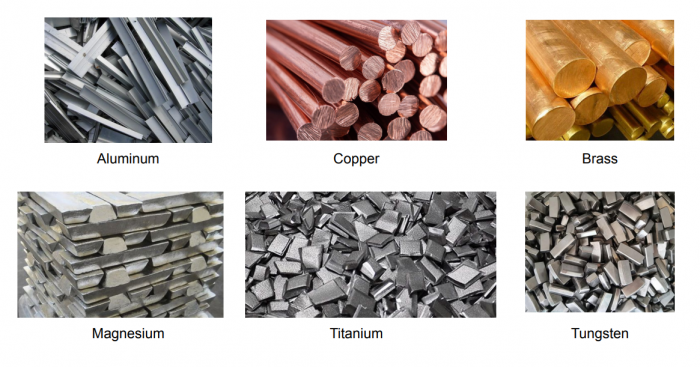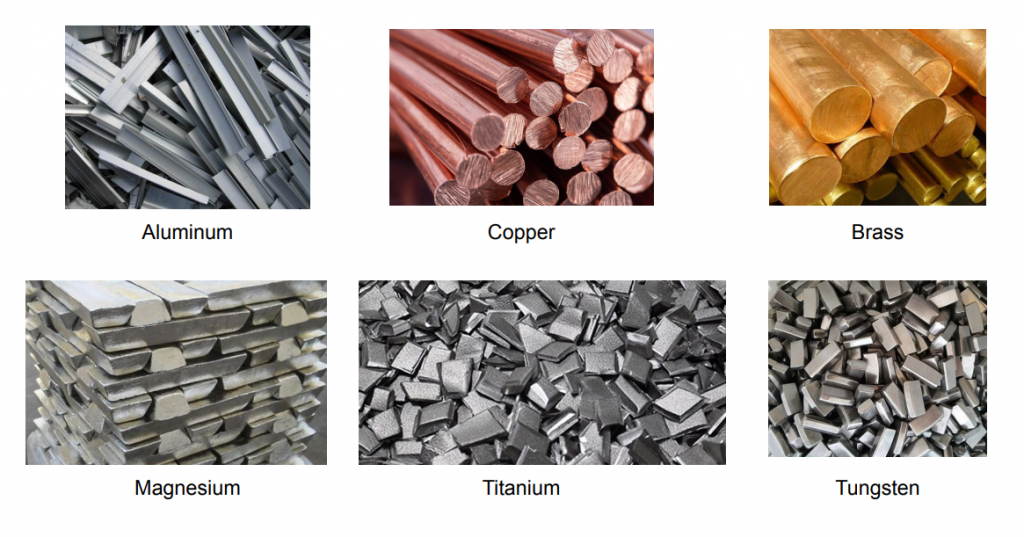
The metal parts of the connector mainly include contact points and conductive paths, which directly affect the electrical performance and mechanical stability of the connector. The material selection and processing technology of these metal parts need to consider many factors, including conductivity, corrosion resistance, wear resistance and application environment.
Names and functions of metal parts
- Contact point : The contact point of the connector is the core part of the electrical connection, responsible for transmitting current and signals. Its design affects the contact resistance and signal integrity of the connector.
- Conductive path : The conductive path includes metal pins, sockets and their connecting parts, which ensure the smooth transfer of current from one terminal to another.
Common materials and their applications
Copper alloy : Copper alloy is the most commonly used base material in connectors. It is widely used in various connectors due to its excellent conductivity and mechanical strength. The conductivity of copper alloy is generally between 60-70% IACS (International Ampere Conductivity Standard). For connectors that require high current transmission, copper alloys with high conductivity are often selected. In automotive electronic systems, high current connectors are usually made of copper alloys to ensure safe and stable current transmission.
Gold plating : In order to improve the stability and wear resistance of contact points, the surface of copper alloys is often gold-plated. The thickness of the gold plating layer is generally 2-5 microns, which can significantly reduce the contact resistance, usually below 0.1 milliohms. Gold plating also prevents oxidation of contact points, extending the life of the connector. In high-frequency communication equipment, gold-plated connectors are widely used. For example, in the radio frequency connectors of 5G base stations, gold plating can reduce signal attenuation and ensure the quality and speed of signal transmission.
Nickel Plating : Nickel plating is used to improve the corrosion resistance and wear resistance of connectors. The thickness of the nickel plating layer is generally between 5-10 microns. Compared with the gold plating layer, the nickel plating layer is more suitable for environments that need to withstand greater mechanical wear. Nickel plating can also increase the corrosion resistance of the connector and prevent moisture and chemicals in the environment from damaging the metal. In industrial automation equipment, nickel-plated connectors are often used in environments that require high wear resistance and corrosion resistance. , such as robot control systems and industrial sensor interfaces.
KONNRA connectors
KONNRA Connectors is committed to providing a variety of connector solutions to meet the needs of different customers. The company can customize connectors according to the specific requirements of customers, including selecting suitable materials, designing suitable plating, and optimizing the design of contact points. KONNRA connectors take into account conductivity, durability and application environment during the design process to ensure that each connector can meet the high standards of customers.
For example, in aerospace applications, KONNRA connectors can provide connectors that are resistant to high temperatures and vibrations, using specialized plating and material treatment processes to cope with extreme environments. In the consumer electronics field, KONNRA connectors can provide ultra-thin, lightweight connectors to meet the needs of mobile devices for high-density, high-performance connections.
KONNRA connectors provide customers with high-quality, reliable connector products to meet the electrical connection needs in various application scenarios.










